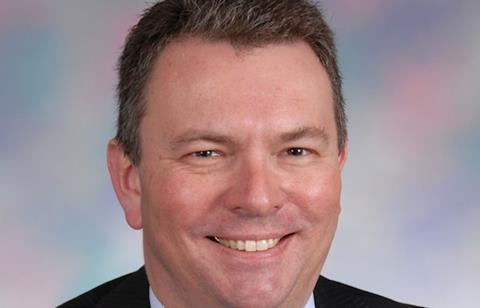
Over the past decade, there has been a marked increase in the number of people working part-time. The need for flexibility in the workforce has seen many people take on more than one job and large employers can no longer assume that the majority of their employees are full-time. This impacts significantly on the operation of workplace employee benefits programmes and the way in which information about them is provided.
Benefits available to part-time staff may differ in some ways from those provided to full-timers, and it is important that this is appropriately reflected in the communications material that is issued. A good example would be membership of a defined benefit (DB) pension scheme, where the rate of benefit accrual is determined by the length of membership and the member’s salary. For part-time members, pensionable service is pro-rated to calculate a benefit which accurately reflects a reduced period of pensionable service. It is vital that members understand this and that it is communicated in a clear manner.
Automatic-enrolment into workplace pension schemes only happens when an employee’s salary exceeds the annual trigger amount of £10,000. This means that many part-time employees are not automatically enrolled into a scheme, although most may join at their own volition. Once they have joined the scheme, they will have the same rights as those enrolled automatically. Again, this is a case of the importance of adapting scheme communications to fit the circumstances of part-timers to ensure that they are adequately advised of their rights and options.
An increasingly versatile workplace has been reflected by the emergence of flexible benefits programmes. If the provision of workplace benefits is to work effectively in the new environment, that flexibility has to extend to the way in which information is provided too.
Tim Middleton is technical director at the Pensions Management Institute (PMI)
Read more...
How are changing ways of working impacting pensions saving?
Infographic: What is stopping people paying more into pensions?











